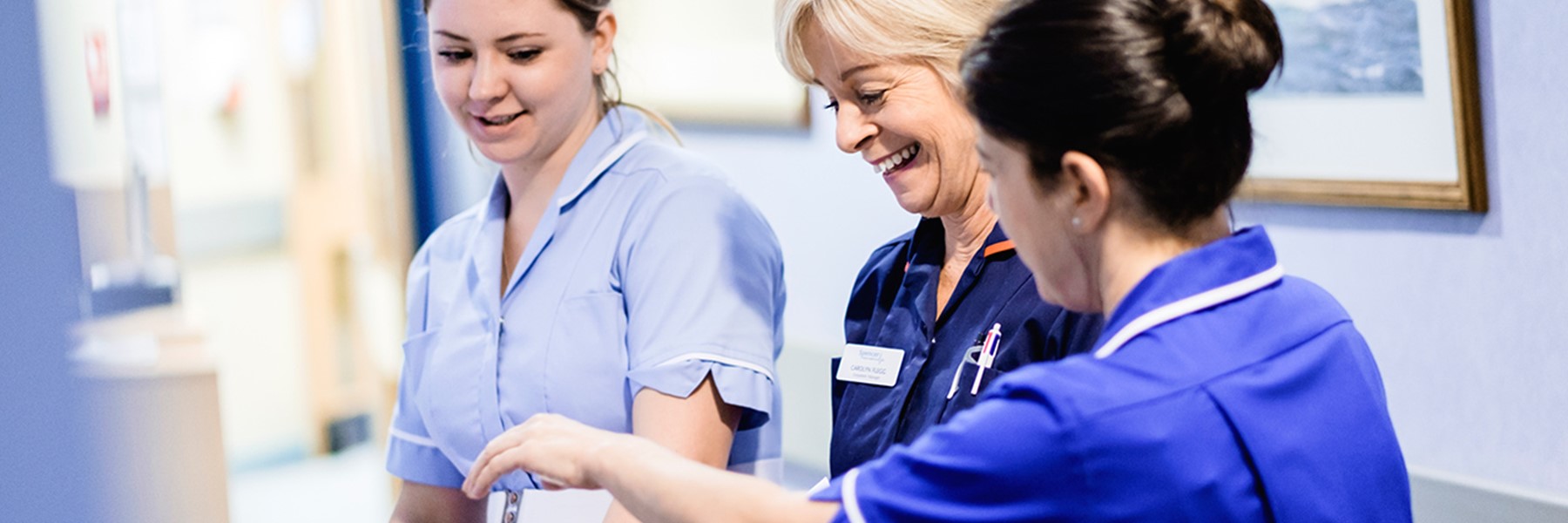Bowel Disorder Test
There is a range of tests that can be used to find out what’s happening in the Bowel. Your consultant will assess what tests you need. Examples of tests are discussed below.
Physical examination
Initially the doctor or healthcare advisor will want to do a physical examination. This will include the doctor feeling your stomach or abdomen for lumps and placing pressure around that area to see if you feel any pain.
They may also have a look at the perianal area, which is the outside of your back passage, and the pelvic or vaginal area. This examination will be to check if there is any scarring from tears or cuts, such as that caused by childbirth or surgery. The skin will also be examined for irritation.
There may also be an examination of the sphincter muscles. This involves putting a gloved finger into the anus and asking you to squeeze the muscles around it. This is to help determine whether you’ve got any muscle strength problems or thickening of the sphincter. This can also be used to help find any abnormalities in the structure of the anus or rectum, including a prolapse, haemorrhoids or signs of a tumour. It can also help identify any impaction, which is faeces that’s stuck to the rectum.
The doctor or healthcare advisor may also ask you to go to the toilet and to strain to see if there are any abnormalities such as a prolapse.
Testing muscles, sensation and nerves
A physical examination might also test your muscles’ reflexes to see if there is any nerve damage.
Anal Manometry uses a small balloon-like device to test the squeeze and resting pressure of muscles. A deflated balloon is put into the anus and then inflated. This is also used to help test reflexes and sensations.
Anal and rectal ultrasounds use the echoes from sound waves in order to create an image of the rectum, the sphincter muscles and surrounding tissue. During an anal ultrasound, a thin probe that emits sound waves is put into the anus. The rectal ultrasound requires a longer probe that goes further into the rectum and is also able to test rectal sensation.
Magnetic resonance imaging (MRI) can also be used as a technique to take pictures inside the body and can help to establish the degree of sphincter injury. MRI uses magnets and radio waves to create pictures. Neither ultrasound nor MRI uses radiation.
An anal electromyography tests nerve function. It uses electrical impulses to stimulate the muscles and test how well they and the nerves react.
Ways of looking at the Colon
There are several ways of looking at and assessing the colon. One of the more conventional methods of doing so is a colonoscopy. In this test a tiny camera is inserted into the anus threading up to the colon. The camera is housed in a long thin tube which is called a Colonoscope, this is either flexible so it can bend or rigid.
A colonoscopy is used to examine the colon wall and identify inflammation, or lumps and bumps, such as polyps (bulging lumps in the tissue) or tumours. During this procedure it may be possible for the doctor to remove lumps or tissue.
A sigmoidoscopy (using a proctosigmoidoscope) is similar to a conventional colonoscopy but only looks at the lowest portions of the colon.
Another procedure that can be used before a colonoscopy is a barium enema. An enema is when fluid is pumped into the rectum. The walls of the colon are coated with barium salts, which make X-rays clearer.
A virtual colonoscopy uses a CT scanner. A CT scanner is a computer-assisted X-ray machine, used to see into the colon by taking pictures from the outside. If any lumps are found during the scan then a conventional colonoscopy procedure is used to remove them.
